
In Indonesia, it's typical when working with documents or contracts to sign your name, right? But in Japan, did you know that you don't sign your name, you use a stamp. In this article, we are going to be introducing how and where to use these stamps.
About Stamps

At Japanese companies, the stamps are called "seals" however, there is a little misunderstanding around this. Let's explain what it is.
Insho / 印章
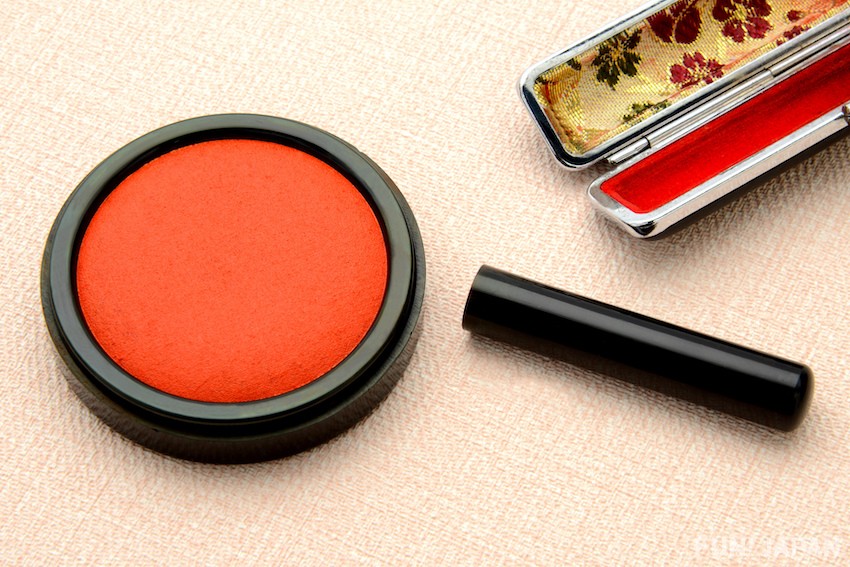
The item itself is called an "insho". However, it is called "Inkan" a lot of the time. Another common name for them is "Hanko".
In-ei / 印影
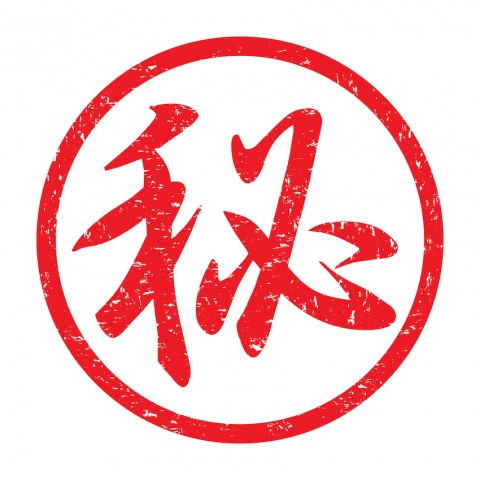
These marking which are typically found on the top of documents in red ink are called "In-ei".
Inkan / 印鑑
An "Inkan" is something typically used with regards to banks that you are registered with. They typically use red ink and are used for official documents and such.
Different types of "Inkan"
Depending on the use-case, there are 3 different types of "Inkan".
1. 実印 / Jitsu-in
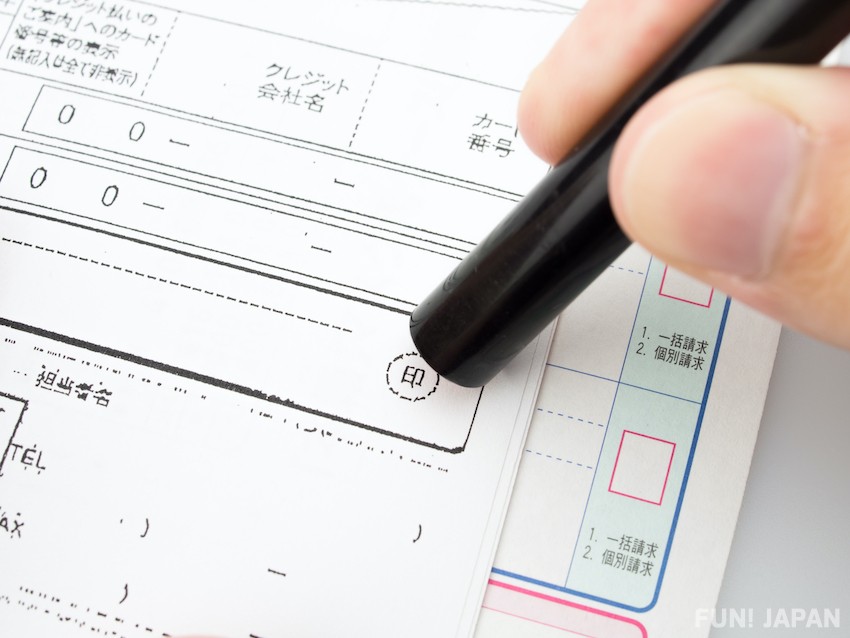
This type of stamp is used for official purposes, and is registered with places such as the town hall. The most important part of these stamps, is that the person who stamps them is the registered holder, and there is a witness around to confirm this. If you register this type of stamp with the town hall, you will receive a special card, and when you are making large purchases or signing important contracts, you can use it to seal the deal.
2. 銀行印/ Ginko sirushi
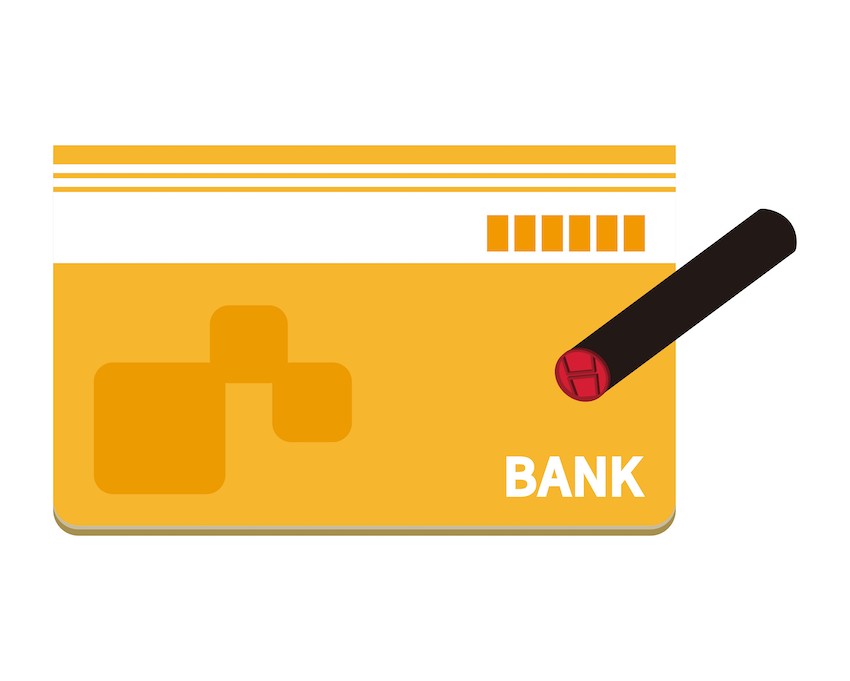
This stamp which is used for bank transactions is registered for things such as banks and joint accounts. You use this stamp when creating a bank account for the first time, and it is then registered at said bank. After this, you can then use the stamp as a form of ID to prove you own the bank account. There are banks within Japan which only require a signature, however, banks using said method are still far and few between in Japan.
3. 認印 / Mitome-in
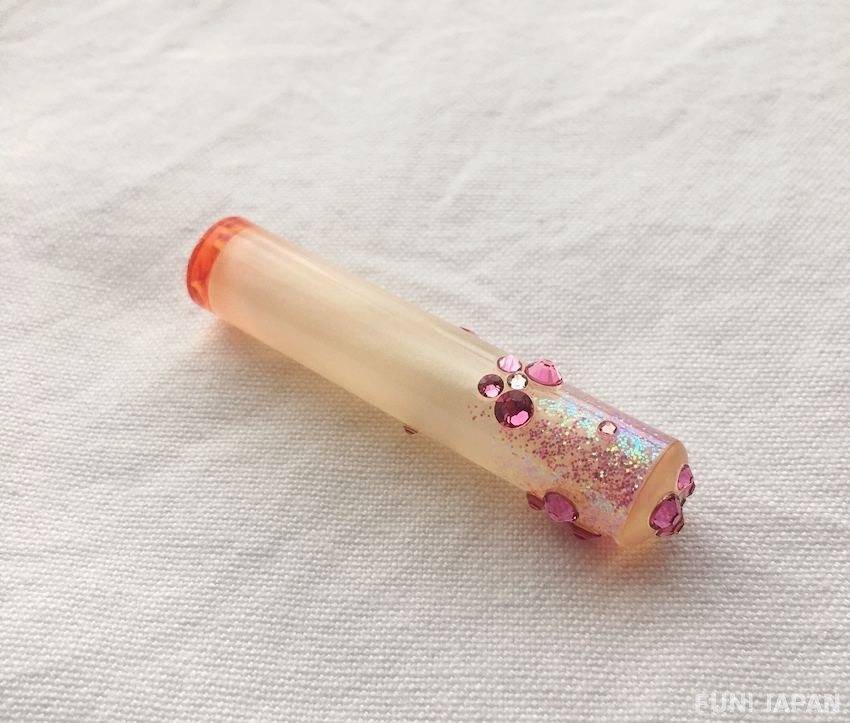
A private stamp is one that is completely separate from your official and bank stamp. The usage is more casual, and can be used in day-to-day life. For example to sign for a delivery to your home address. You do not require a registration to use this type of stamp.
Electronic Stamps
In this digital age, stamps are also going digital.
There are websites where you can specially purchase digital stamps to download, or make your own in something such as word or excel.
If you're coming to Japan, especially for a long time, then it would be highly recommended to make yourself a stamp. When opening a bank account, or purchasing an apartment, or even accepting a parcel delivery, you will need one to use.
You can make these stamps very simply in places such as shopping centers or a shop. And you can even order yourself a cute stamp with a cute design as a reward if it's something you want a souvenir.
How did you find this article? Have you been able to learn a little more about Japanese stamps and their usefulness? Would you prefer to still sign instead? Let us know in the comments section below ♪
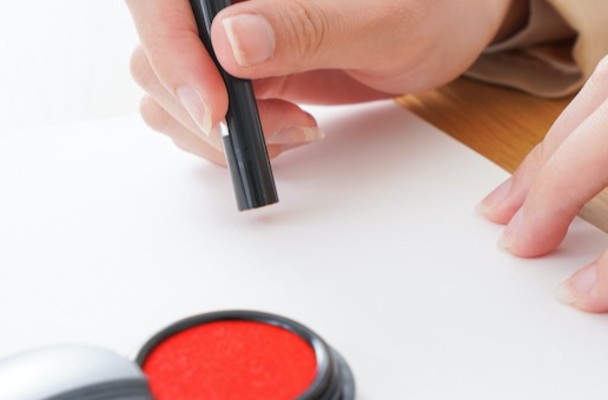
Comments